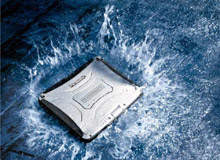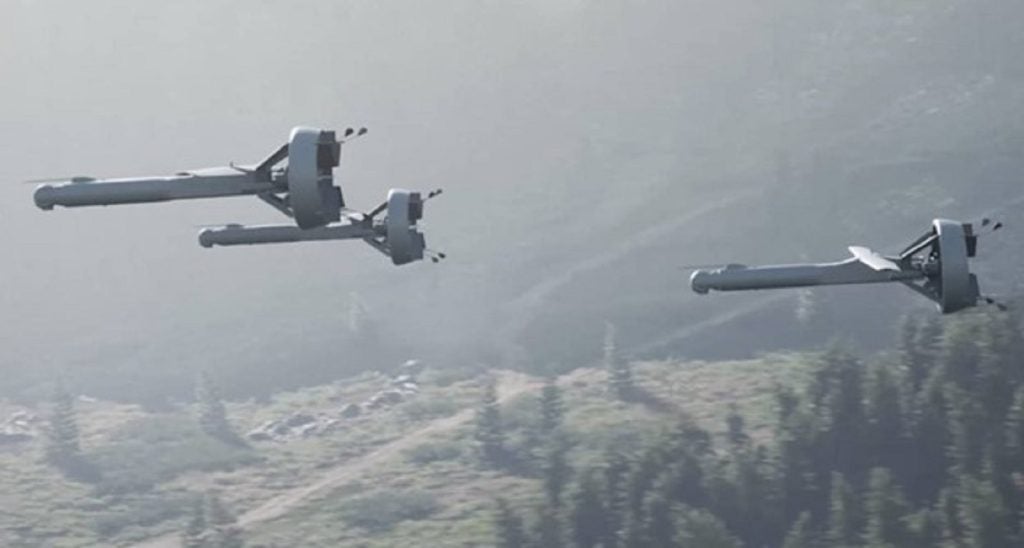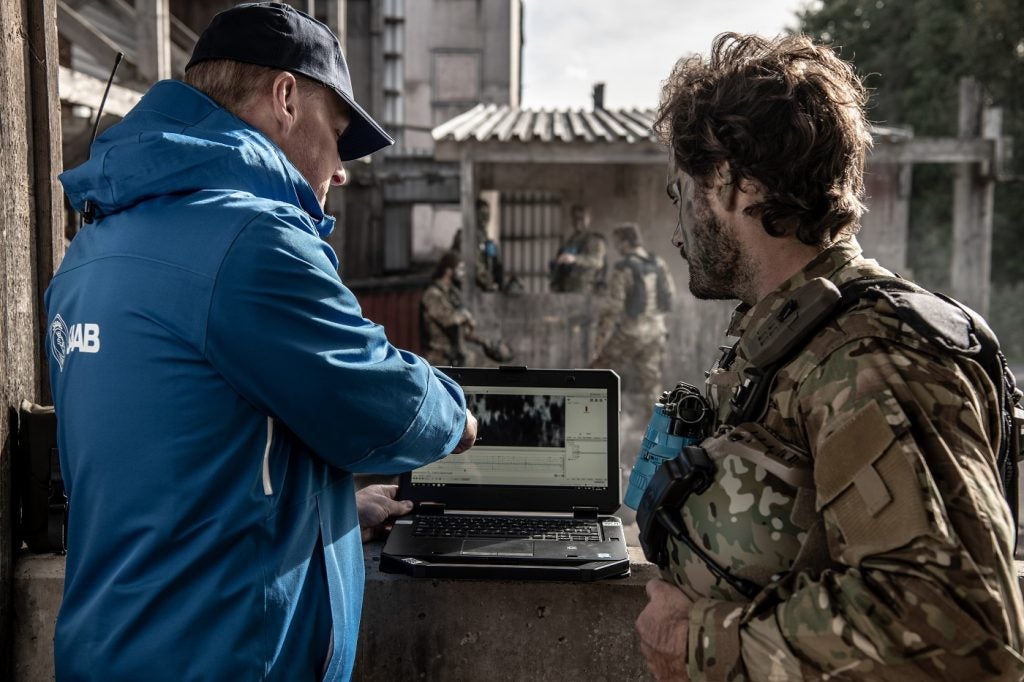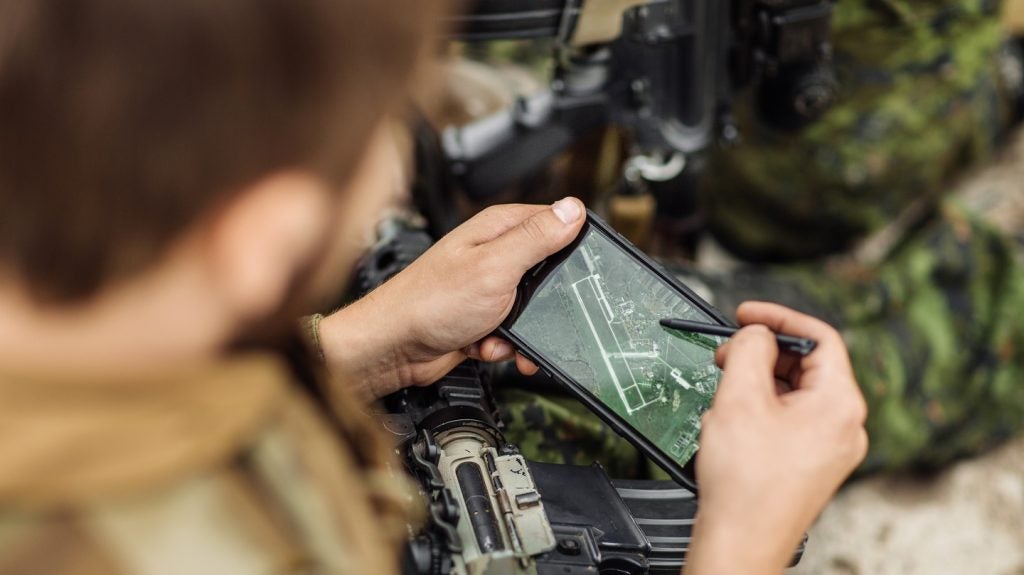
From the frosty peaks of Mount Everest to the intense heat of the Sahara desert, rugged laptops and notebooks must be capable of operating in the most extreme climates. Far from solely concentrating on the product's durability, today's rugged equipment providers must take careful account of weight, shape and functionality. This balancing act poses a constant challenge for manufacturers, which must also incorporate all the latest technologies on the market into existing products.
Panasonic has been one of the leading players in the rugged notebook industry for over a decade. The Japanese manufacturer's Toughbook mobile PCs feature embedded Wi-Fi and optional embedded wireless mobile broadband (wireless wide-area network – WWAN), offering a more dependable and versatile wireless solution to its customers.
Toughbook technology
In February 2009, Panasonic introduced its next-generation CF-19 and CF-30 Toughbooks. The company's flagship models feature new LED backlit screen technology designed to reduce power consumption and offer clearer screen visibility under bright sunlight. As with many of today's rugged products, the data on the hard drive is component protected, and, in the case of Panasonic's latest Toughbooks, is compliant with MIL-STD 810F and IP45 standards.
As Andrew Edmeads, Panasonic Computer Products Europe general manager of product management, is quick to explain, such developments have enabled the company to retain its position as one of the market leaders in the rugged laptop market. "If you look at the technologies we have used and implemented over the years, we have always refined and further refined our components. Rugged is no longer about how strong the outside of the case is, it is about how flexible the mounted internal components are and that in turn gives the product an ability to deal with shock," he says.
See Also:
"From an internal component perspective, there has been a lot of development in terms of how we mount and case the hard drive disks. There have been major changes, for instance, with the plastics we use for connectors within the units."
How well do you really know your competitors?
Access the most comprehensive Company Profiles on the market, powered by GlobalData. Save hours of research. Gain competitive edge.

Thank you!
Your download email will arrive shortly
Not ready to buy yet? Download a free sample
We are confident about the unique quality of our Company Profiles. However, we want you to make the most beneficial decision for your business, so we offer a free sample that you can download by submitting the below form
By GlobalDataPanasonic tests its products in operational temperatures of -20°C and storage temperatures of -40°C. Heaters are installed within the hard drive chaises to prevent the hard disk controller freezing. As a result, in recent years Toughbook products have been taken on several expeditions to Mount Everest and the company has also worked with the UK Ministry of Defence.
Presently, Panasonic is continuing to focus on new technologies that can help offer best user performance while maintaining field operational capabilities. In particular, the company has been studying the shape and weight of the product's chaise. A magnesium alloy chaise is currently employed, but a great deal of research and design is underway into new materials and shapes that will help achieve the optimum balance of weight and performance.
"One of the biggest issues is the area around the laptop screen, where we have seen the key changeover to LED screens. There have now been big steps forward with that technology in terms of brightness and the anti-reflecting coatings to make those screens visible in daylight," Edmeads says.
"The next big issue is making the products multitouch. There is absolutely nothing worse than having a rugged laptop outside in the rain where the touch pad doesn't operate correctly as it's electrostatic and the user has gloves on. These refinements are very important to us."
Making a point with Blazepoint
Blazepoint, a UK-owned and managed company based in Oxfordshire, is also making giant strides in developing the capabilities of its ndura RUGGED convertible laptop. The ruggedised mobile computers, displays and printers specialist says it believes its IP65 rating makes the product stand out from its closest competitors.
The company has also developed several unique partnerships which have allowed the IP65 RUGGED laptop to be tested to its limits on extreme expeditions. On 21 June 2008, the world-famous sailor and adventurer Peter Goss MBE set sail for Australia onboard a wooden lugger he built entirely from locally sourced timber. In order for Goss and his crew, which consisted only of his two brothers and a brother-in-law, to have crucial access to communications and weather information services during the four-month voyage, Blazepoint provided one its ndura laptops.
Powered by a solar tool, the laptop was essential for editing video footage, storing image stills, writing daily bulletins and managing safety communications. Occasionally the laptop was even taken on deck in order to connect to satellite communications where it endured salt sprays from the southern oceans.
From Top Gear to Timor
In October 2009, another ndura RUGGED laptop found itself on a 1,000-mile drive through the heart of the unforgiving Bolivian jungle with the BBC Top Gear production team. Deployed to plan routes and write reports by ex-British Special Forces soldier Guy Humphrey, who is now a safety and production coordinator for the television and film industry, the laptop successfully withstood a number of sticky situations. At one point in the trip, the team's 4×4s became submerged in the River Beni, which left personal bags and equipment floating around in the backseats. The RUGGED laptop survived the drama only to be left sitting next to a tent where it attracted the attentions of a 10ft anaconda.
This year Blazepoint will again be testing the resilience of its ndura laptop when it embarks on a unique mission with world famous Australian adventurer Don Mcintyre and the UK's Mike Perham, the world's youngest solo circumnavigator. The pair are participating in the 2010 Bounty Boat Expedition, which is a 4,000-mile re-enactment of Captain William Bligh and his supporting crew's 221-years-ago journey on an open boat across the Pacific from Tonga to Timor following a mutiny on HMS Bounty.
Although Perham and McIntyre will also attempt their voyage with no charts, almanacs, modern timepieces or navigation equipment, torches or toilet paper, they will carry a life raft and essential safety equipment, which includes Blazepoint's ndura laptop. The expedition is likely to prove once again just how durable today's rugged laptops have become.







